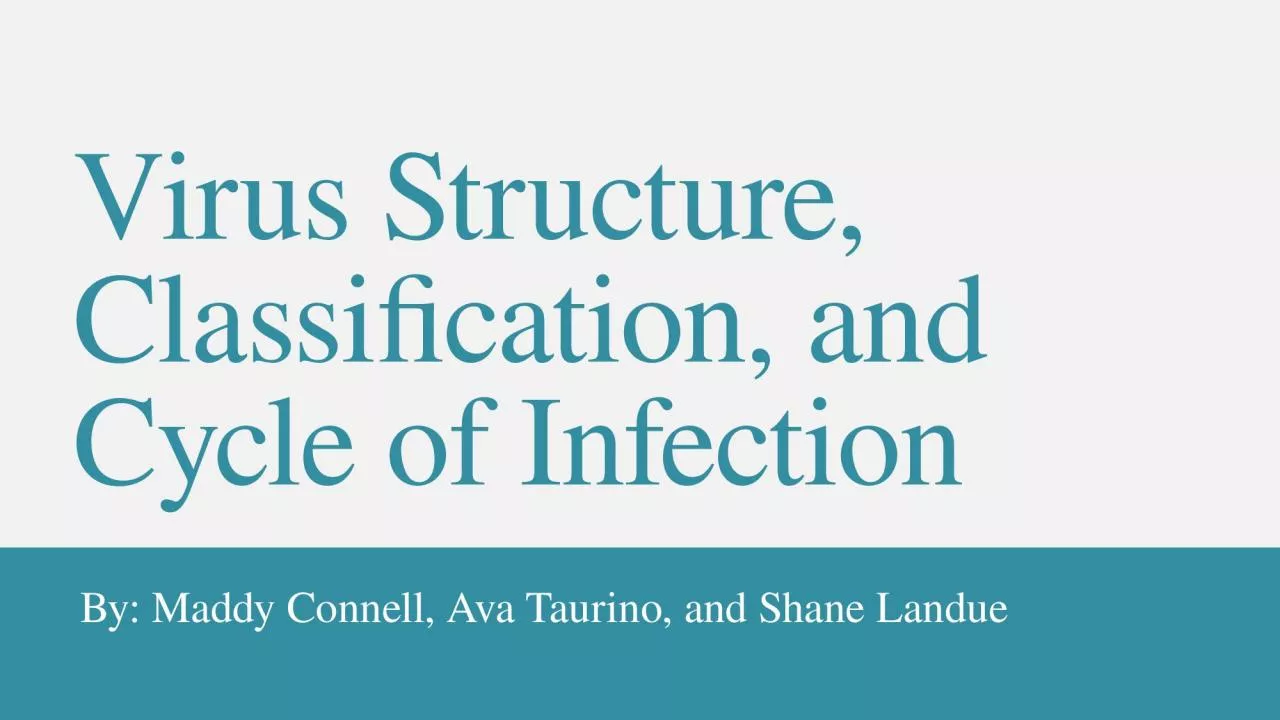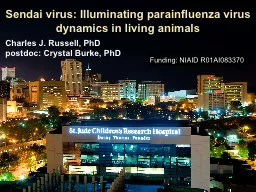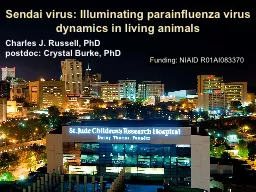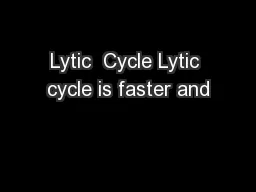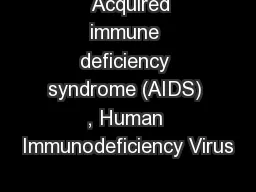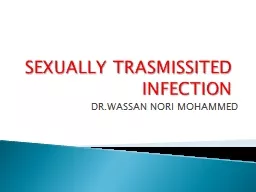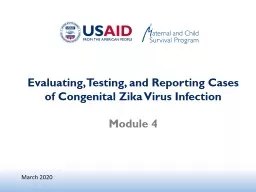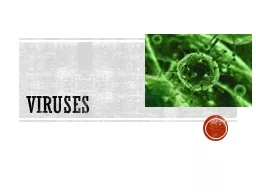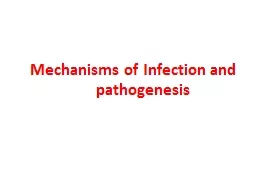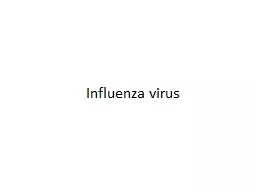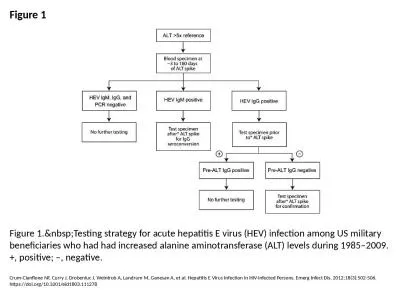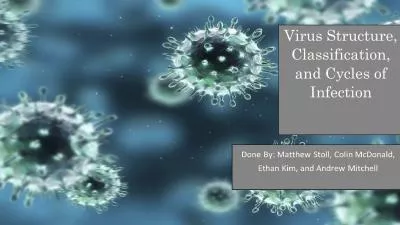PPT-Virus Structure, Classification, and Cycle of Infection
Author : ThoughtfulTurtle | Published Date : 2022-07-28
By Maddy Connell Ava Taurino and Shane Landue Overview What is a virus Structures of viruses How viruses reproduce Cells infected by viruses Diseases
Presentation Embed Code
Download Presentation
Download Presentation The PPT/PDF document "Virus Structure, Classification, and Cyc..." is the property of its rightful owner. Permission is granted to download and print the materials on this website for personal, non-commercial use only, and to display it on your personal computer provided you do not modify the materials and that you retain all copyright notices contained in the materials. By downloading content from our website, you accept the terms of this agreement.
Virus Structure, Classification, and Cycle of Infection: Transcript
Download Rules Of Document
"Virus Structure, Classification, and Cycle of Infection"The content belongs to its owner. You may download and print it for personal use, without modification, and keep all copyright notices. By downloading, you agree to these terms.
Related Documents

